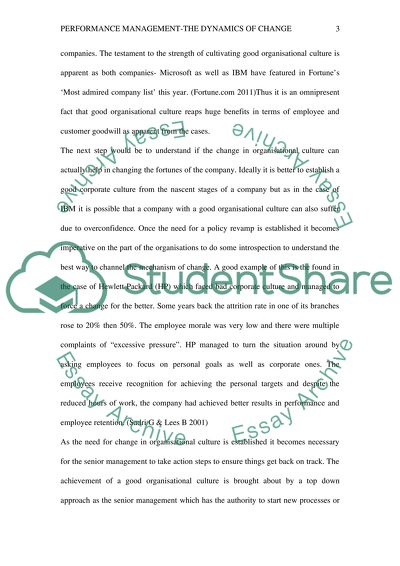Cite this document
(“MGMT 4440 : Performance Management Essay Example | Topics and Well Written Essays - 2000 words - 1”, n.d.)
Retrieved from https://studentshare.org/environmental-studies/1419926-mgmt
Retrieved from https://studentshare.org/environmental-studies/1419926-mgmt
(MGMT 4440 : Performance Management Essay Example | Topics and Well Written Essays - 2000 Words - 1)
https://studentshare.org/environmental-studies/1419926-mgmt.
https://studentshare.org/environmental-studies/1419926-mgmt.
“MGMT 4440 : Performance Management Essay Example | Topics and Well Written Essays - 2000 Words - 1”, n.d. https://studentshare.org/environmental-studies/1419926-mgmt.


